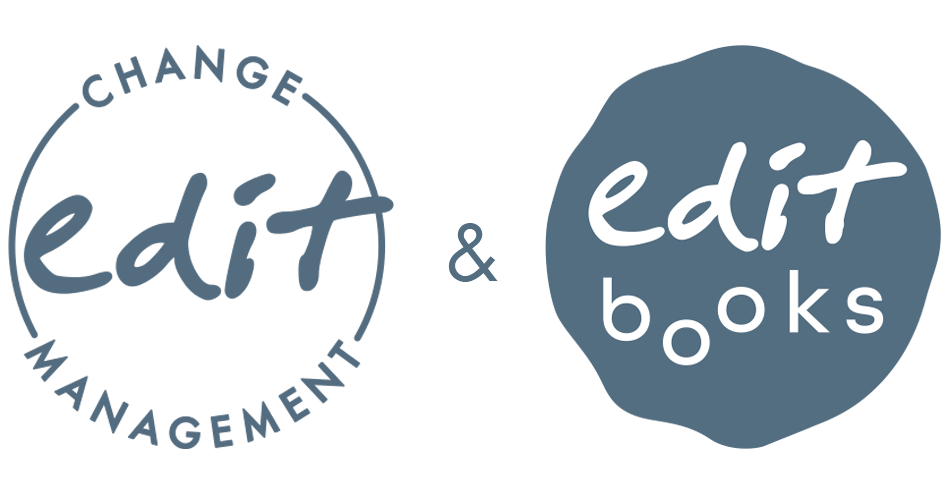Where do your students/teens get their news?
Where do your students/teens get their news?
When I was a teen, my news sources were as varied as the evening news on television, the newspaper, my parents, and the radio. From my alarm clock radio to the radio in my car, I listened to those 80s tunes and couldn't help but listen to the news.
Recently I have noticed comments in my digital citizenship workshops that I find alarming. It seemed that the students are misinformed about the news, and even movies. I started to wonder if I had missed something. As those who know me will attest, I am continually searching for new and relevant subjects, changing as the situations around me change. I decided to ask the students a simple question at various schools. "No judgment, everyone." I looked at them as I stood in front of the group and smiled. “I don't want to know who is writing what, so grab a post-it note and tell me where you get your news." For each wall in the room, I had a question, but this was the question I was most curious about this year, in 2020, during COVID-19 and with a political election the whole world is watching. The student answers were what I had suspected.
Social media like Tik Tok, Instagram, and memes were the most common answers, with a few serious news sites sprinkled into the mix. Mom and dad were mentioned on a few post-it notes. I then asked whether memes are news. The answer was immediate and raw. "YES, the moment a story breaks, the memes start rolling in. I am politically up to date through memes."
These incredible, brilliant teens are right; memes can be news. But do the teenagers understand the extent to which they are being influenced? Do they know if the meme, or the instagram post is true?
As an educator, I know you are busy; you have a program to follow, tests to correct, parents to call, but this cannot be ignored. How can you start? This year would be a great year to discuss fake news.
Start by defining fake news. You know that fake news can be created so quickly and by anyone. Some of the mischief-makers don't even understand what they are doing while others know exactly how to manipulate and undermine democracy.
There are seven broad categories of fake news as defined by Chris Jeub, a 7th-grade English teacher and writer. From satire and parody to fabricated content, walk your students through what fake news looks like. You might even take a look at TikTok. Abbie Richards, a 24-year-old student, recently went viral on Tik Tok with her Conspiracy chart. Teens will love her approach, and the chart is fantastic.
Back in the classroom, I finally settled in and talked about reliable sources for news and news stories; I smiled when I saw the “mom and dad”. Yes, mom and dad, discussions at the barbershop, at the dinner table, and with our friends have always been news sources. We just have not had the time together this year. Let's make sure we take the time and engage with our students about the news.
–Allison Ochs, social pedagogue/worker, author, mother of three, wife
If you are interested in a webinar or workshops click here
If you want to look at our free resources click here
If you want to buy the Oscar and Zoe and primary school books click here
If you want to buy our books and resources for teens click here
If you want to subscribe to our mailing list click here
